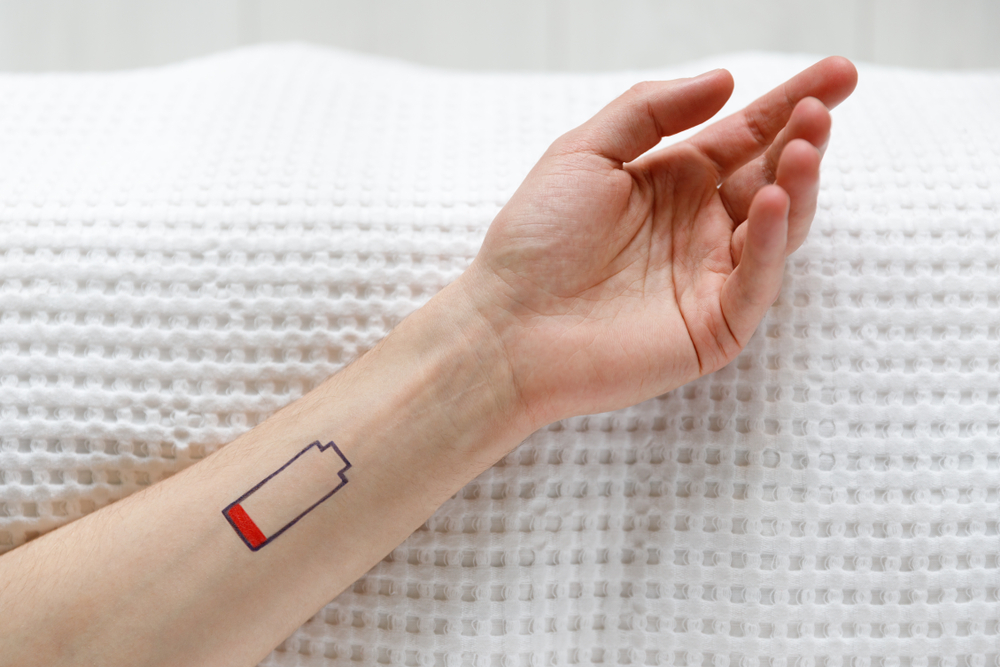An in-depth guide of breathwork practice and your nervous system
Understanding the Nervous System
Breathwork Techniques for Nervous System Regulation
1. Box Breathing:
Inhale for a count of four.
Hold the breath for four counts.
Exhale for four counts.
Hold the exhale for four counts.
Repeat.
Box breathing helps regulate the breath, calming the nervous system and promoting a sense of balance.
2. Physiological Sigh:
Inhale deeply.
Exhale with a long, audible sigh.
3. Wim Hof Method:
Combines controlled hyperventilation and breath retention.
Enhances oxygenation and alkalization of the body.
The Wim Hof Method has been associated with improved mood, increased energy levels, and enhanced stress resilience.
4. Ujayi Breath:
Inhale slowly through the nose.
Exhale with a slight constriction in the back of the throat. Making a “Darth Vader” or “Ocean Waves” sound.
Ujayi breath, commonly used in yoga, promotes a calm and focused state of mind.
5. Alternate Nostril Breathing:
Inhale through one nostril.
Exhale through the other nostril, alternating sides.
This technique balances the two hemispheres of the brain, fostering a harmonious nervous system response.







